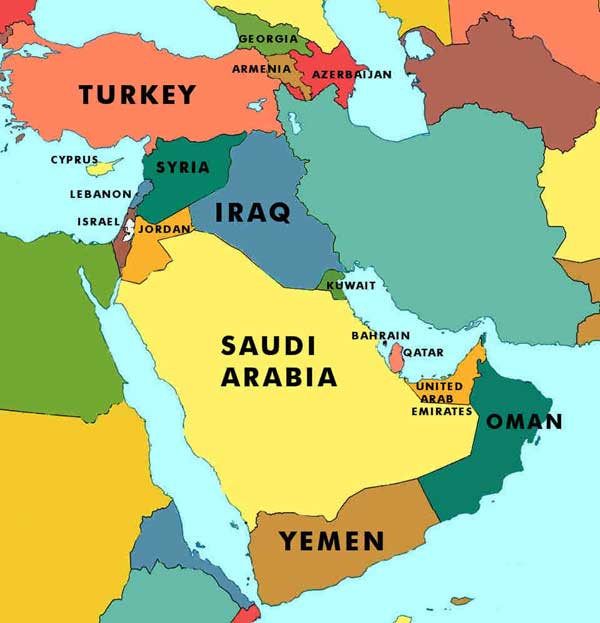Iraq has taken a proactive offensive rôle, executing drone strikes on strategic targets. The Islamic Resistance in Iraq has targeted […] Occupation bases in the Jordan Valley, including in occupied Naqab, the occupied Golan Heights, and occupied Umm al-Rashrash (Eilat), showing a commitment to destroying enemy strongholds at an increasing pace. These operations are part of a broader strategy by the Axis of Resistance to defend Palestine and Lebanon, responding to the massacres committed by [settlers] against civilians.
Following a directive from Grand Ayatollah Sayyid Ali al-Sistani, Iraq has also initiated humanitarian support, dispatching an aid convoy to Lebanon. This multifaceted approach underscores Iraq’s dedication to both executing military operations and providing humanitarian assistance.
Axis of Resistance’s strategic unity against Zionist division
Actions taken by Iran, Iraq, Lebanon, Syria and Yemen exemplify their steadfast support for Gaza. Their unified resistance against Zionist aggression highlights the “unity of the fields” concept by the Axis of Resistance, which emphasizes that unity is essential to defeating Zionism. The U.S. and the Zionists aim to create divisions in the region based on ethnic and sectarian lines, but the Axis of Resistance forces understand that their diversity and unity is their source of strength, bringing them closer to liberating Palestine and the world from Zionism.
Hezbollah is making immense sacrifices and bearing significant costs to stand with Palestinians. Over 600 Lebanese were massacred in a single day. Hezbollah has pledged to continue its missile strikes with increased range and precision until a ceasefire is achieved in Gaza. While [Zionist] diplomacy aims to stop the war in Lebanon alone, Hezbollah Secretary-General Hassan Nasrallah’s stance is clear: A ceasefire must occur on all fronts or not at all.
[Neocolonial] terrorist attacks and indiscriminate “shock and awe” bombing campaigns targeting civilians will not achieve its goals. The conflict should be viewed through the lens of attrition warfare, where the resistance axis employs sustained resistance and precision strikes to minimize civilian casualties and avoid all-out war. This long-term strategy gradually escalates the conflict to deter [neocolonialism], maintaining composure despite the Zionist state’s provocations and hardships for the targeted peoples.
The forces in the resistance axis believe time is on their side; they are aiming to win the war, not just individual battles. By focusing on psychological warfare, they exploit the Western occupiers’ inability to endure suboptimal conditions, knowing that disrupting perceived safety for [settlers] will cause them to flee, while the indigenous Palestinians remain steadfast on their lands.
(Emphasis original.)


